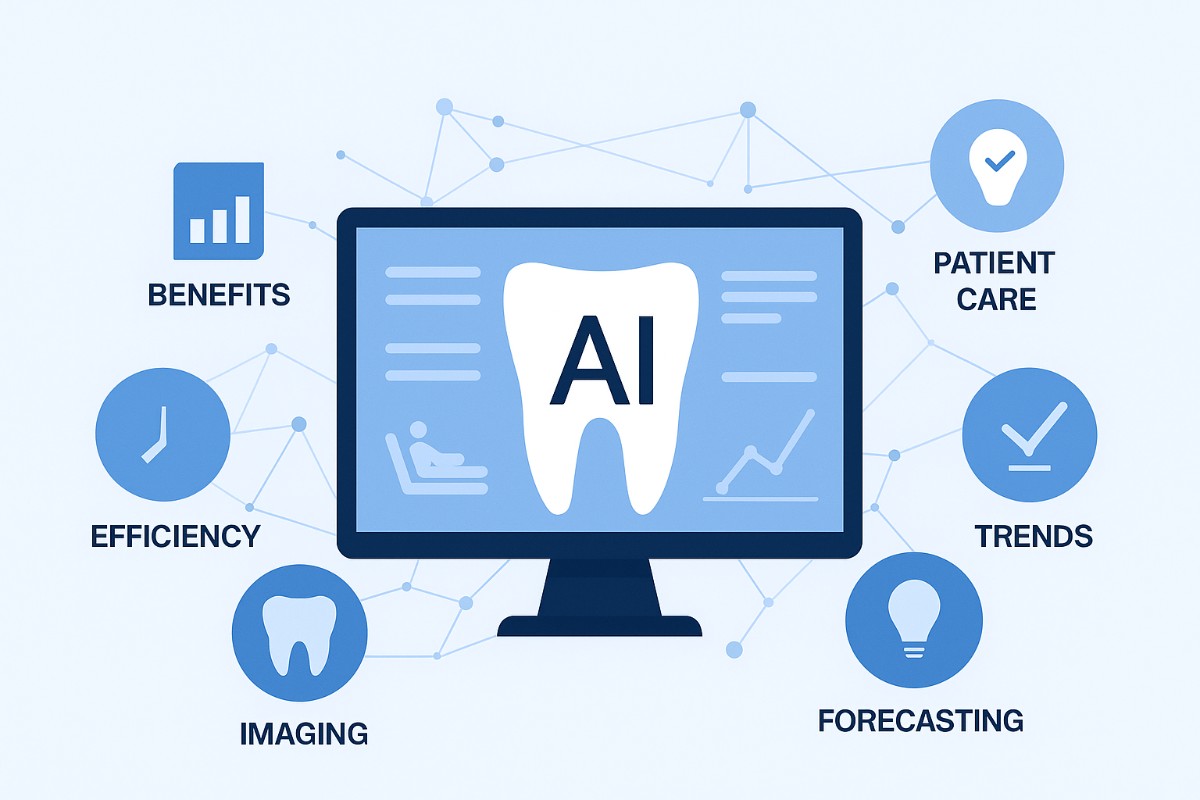

AI in dentistry is no longer a futuristic idea. It has quietly become part of daily practice — sometimes so seamlessly that you hardly notice when it’s working in the background. From reading X-rays and suggesting treatment notes to predicting which patients may skip an appointment, the technology is reshaping how dental offices operate. This guide explores the real benefits, the must-have features, and the future trends of AI dental software that are already knocking on dentistry’s door.
Dentistry has always been about keen eyes, steady hands, and quick decisions. Yet modern practices also wrestle with packed schedules, complex insurance rules, and patients who want clarity before committing to treatment. AI thrives in exactly these situations. It can scan a radiograph in seconds, highlight a shadow you might double-check, or generate a chart note while you’re still talking with the patient.
The result isn’t about replacing the clinician. It’s about giving them room to focus on the conversation in the dental chair, rather than the paperwork on the screen.
Sharper diagnostics.
AI doesn’t get tired at 4 p.m. Tools like Pearl and Overjet apply the same criteria to every X-ray, spotting caries, bone loss, or calculus consistently. That second set of eyes builds both confidence and consistency, and it gives patients a visual they can understand.
More time back.
No one enjoys documentation marathons. Automated chart notes, voice-to-text dictation, and smart templates mean providers can spend minutes instead of hours on records. Even scheduling gains efficiency: software predicts which patients are likely to cancel and nudges the front desk with smarter rebooking options.
Patient clarity.
We’ve all seen the moment when a patient finally “gets it.” AI overlays on radiographs or intraoral scans make those moments easier. Instead of abstract terms, you can literally show the shadow of decay or the change in bone height. When paired with plain-language explanations — something systems like scanO are developing through patient communication features — patients leave with a better grasp of what’s going on.
Stronger financial footing.
AI is surprisingly good at paperwork. Clean claim submission, coding suggestions, and pre-authorization checks reduce denials. Overjet has even built systems now used by insurers themselves — which tells you how powerful this is becoming. For practices, it means cash flow is steadier than before.
Smarter business decisions.
Dashboards powered by AI can show which hygiene slots are underused, how often patients follow through on treatment, or where supply costs creep up. These aren’t abstract analytics; they’re the kind of details that help a practice run smoother day to day.
When evaluating platforms, it helps to think beyond “AI” as a label and focus on practical features:
The best systems combine these features with seamless integration into your PMS or imaging suite — otherwise, you risk adding another layer of clicks instead of reducing them.
One lesson many practices learn the hard way: don’t buy everything at once. Start small. Once people see the time savings, enthusiasm spreads. Create a small team to oversee usage, refine settings, and track early results. Simple metrics — like case acceptance, denied claim rates, or average documentation time — show the impact quickly.
AI in dentistry isn’t foolproof. A few pitfalls to watch for:
The horizon is exciting. Here’s where the field is heading:
If you’re shopping, anchor on real problems. Do you struggle with denials? Patient communication? Hygiene reactivation? Score vendors against those needs, not on slick demos.
Insist on transparency about how models were trained and tested. Trial the system on your own data. And remember — you’re not just buying software; you’re buying the support and training that make adoption smooth.
AI dental software is no longer experimental. Pearl, Overjet, VideaHealth, and scanO already show how diverse and practical the applications can be. Some excel at radiograph analysis, others at predictive planning, others at patient communication and hands-free workflow. The common thread is simple: these tools take friction out of dentistry so clinicians can do what they do best — care for patients.
The future will bring more integration, more intelligence, and more clarity. Practices that start with small, focused steps today will be the ones most ready to ride that wave tomorrow.
scanO is an AI ecosystem transforming oral health for patients, dentists, corporates, and insurers worldwide

© 2025 Trismus Healthcare Technologies Pvt Ltd